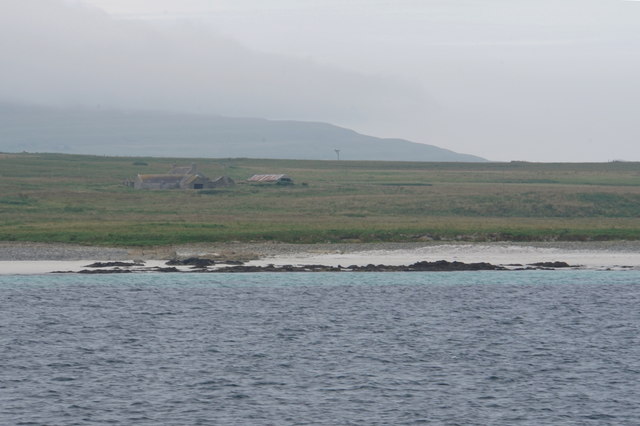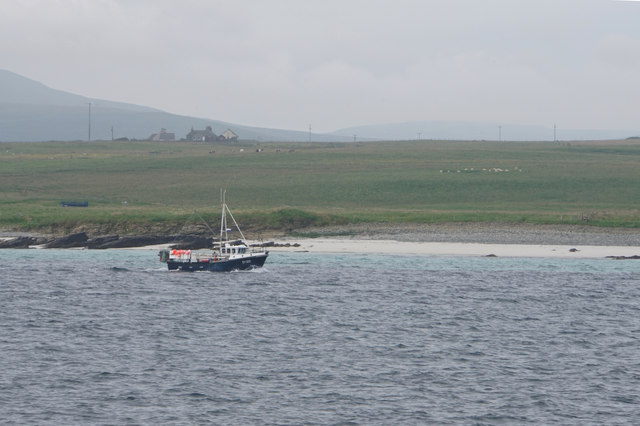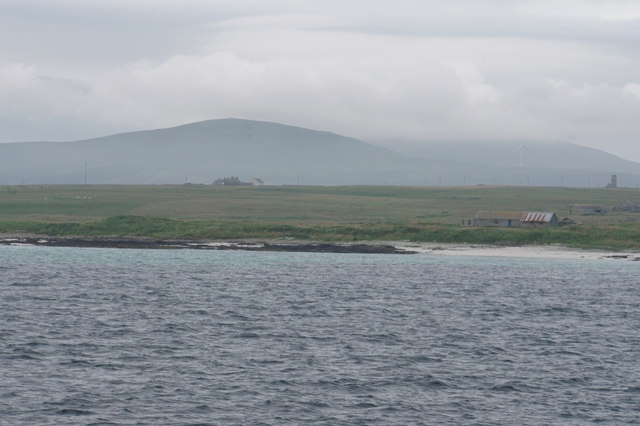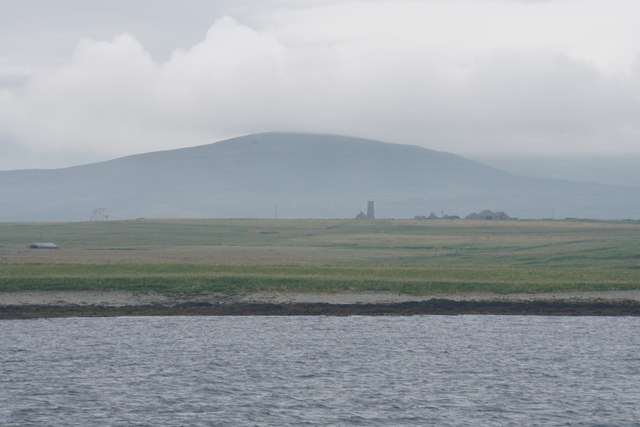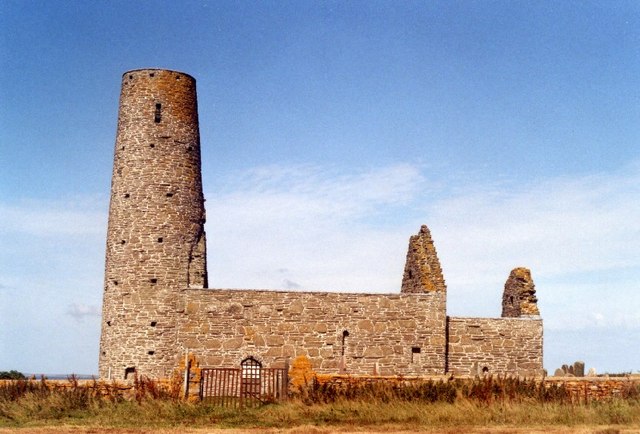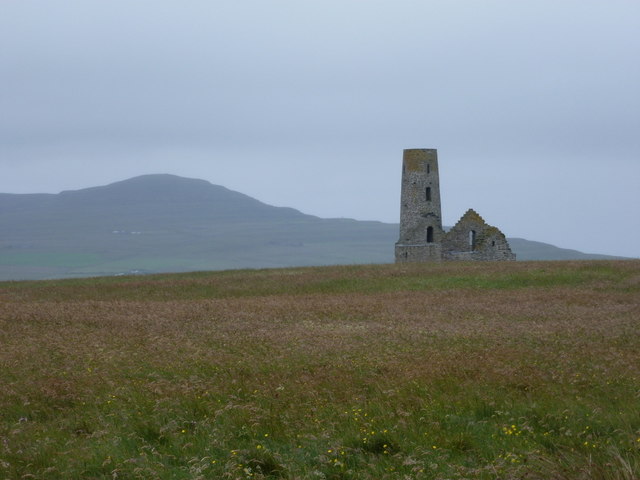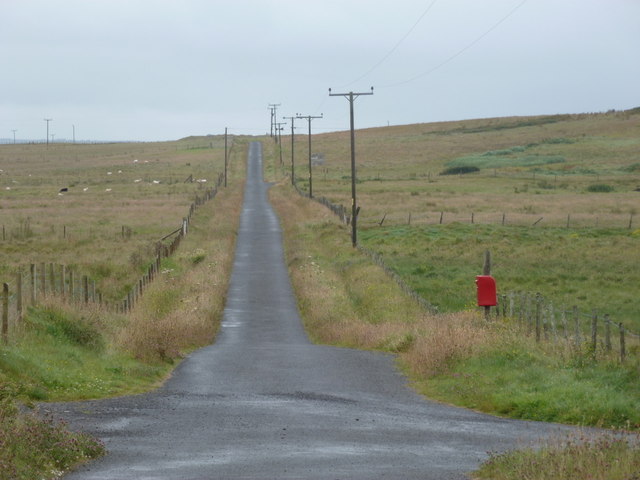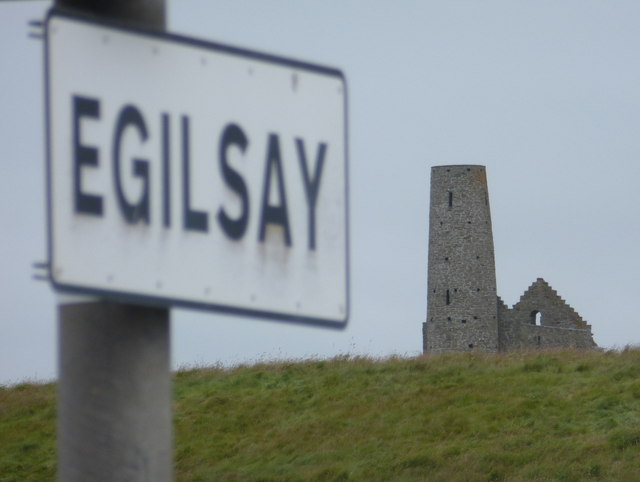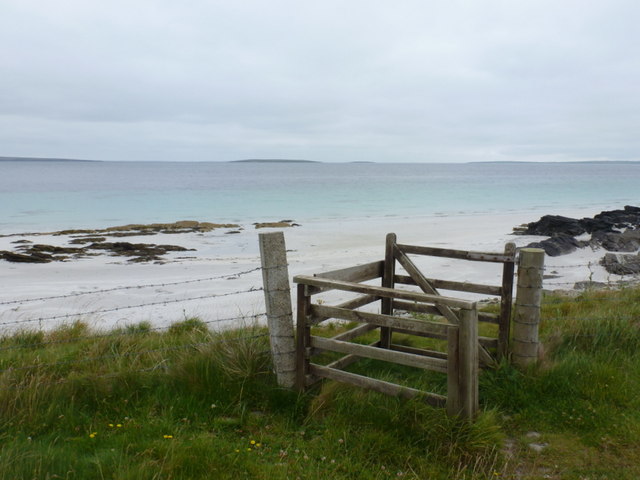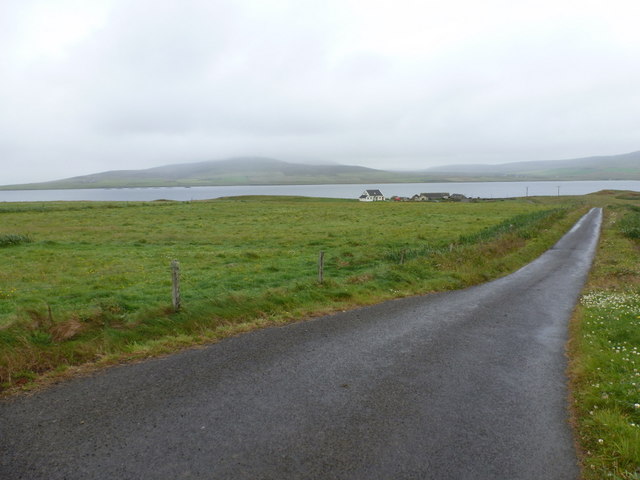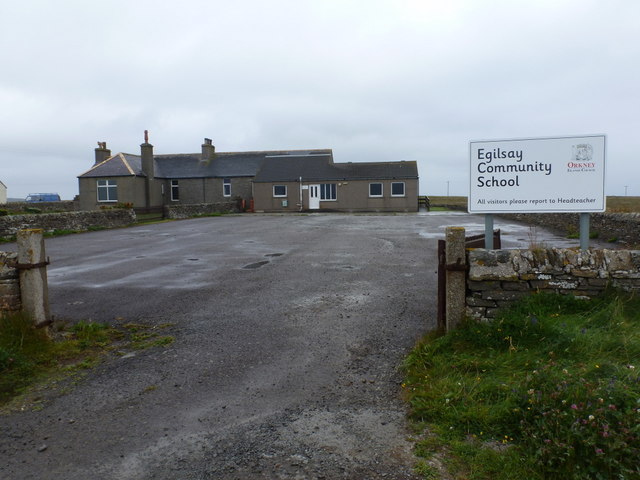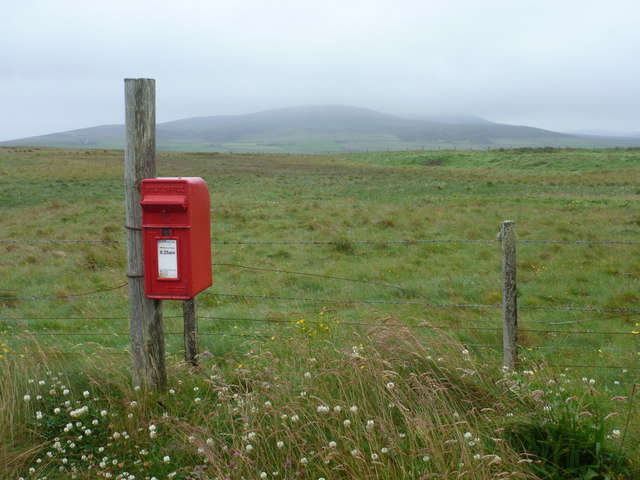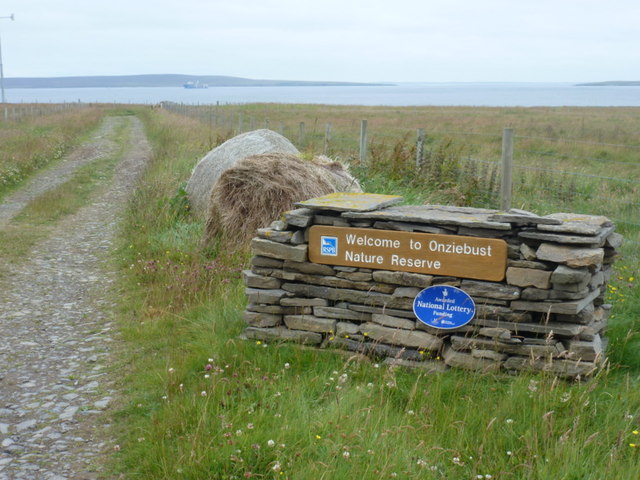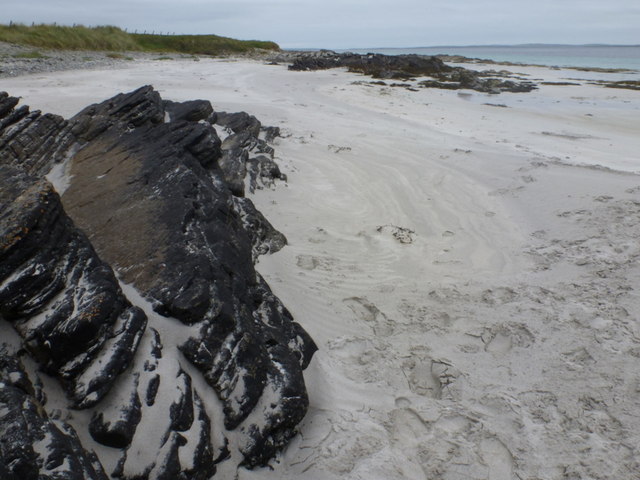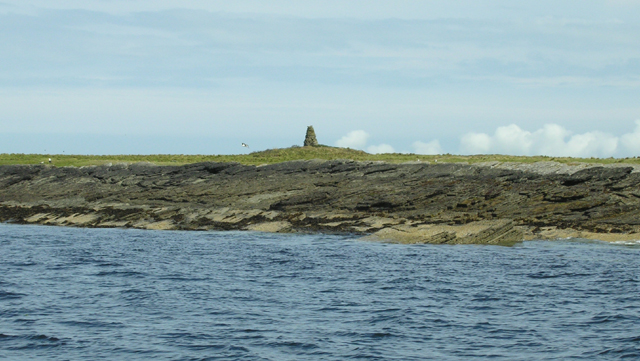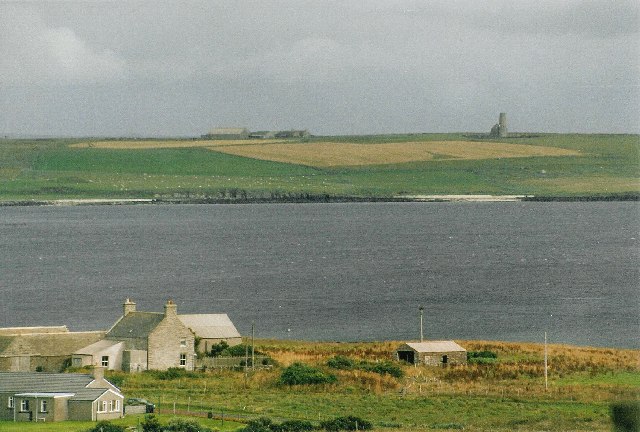Mustard Geo
Coastal Feature, Headland, Point in Orkney
Scotland
Mustard Geo

Mustard Geo is a prominent coastal feature located on the island of Orkney, off the northeastern coast of Scotland. It is a headland that juts out into the North Sea, forming a distinct and picturesque point. Mustard Geo is situated in the parish of Birsay, on the western coast of the island.
This coastal feature is characterized by its rugged and dramatic cliffs, which rise steeply from the sea. The cliffs are predominantly composed of sandstone and are known for their striking yellowish-brown coloration, which is said to resemble the shade of mustard, hence the name Mustard Geo. These cliffs provide a nesting habitat for various seabird species, including fulmars, guillemots, and razorbills.
Mustard Geo offers breathtaking views of the surrounding coastline and the North Sea. Visitors can enjoy panoramic vistas of the crashing waves, the distant horizon, and the nearby Brough of Birsay, a small uninhabited tidal island. The area is also rich in wildlife, with sightings of seals, dolphins, and even occasional whales reported by lucky observers.
Access to Mustard Geo is relatively easy, with a well-maintained footpath leading from the nearby village of Birsay. The path follows the coastline, allowing visitors to explore the cliffs and enjoy the stunning scenery. However, caution is advised when approaching the cliff edges, as they can be unstable and dangerous.
Mustard Geo is a popular destination for nature enthusiasts, photographers, and those seeking a peaceful and scenic coastal experience. Its unique geological features, abundant wildlife, and captivating views make it a must-visit location for anyone exploring the beautiful Orkney Islands.
If you have any feedback on the listing, please let us know in the comments section below.
Mustard Geo Images
Images are sourced within 2km of 59.167323/-2.9155027 or Grid Reference HY4731. Thanks to Geograph Open Source API. All images are credited.

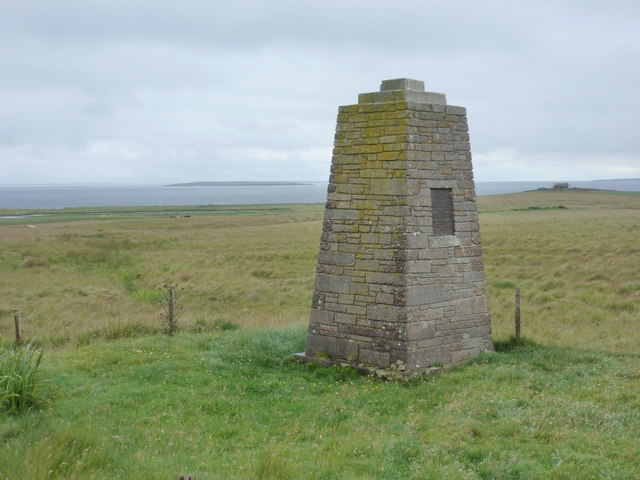
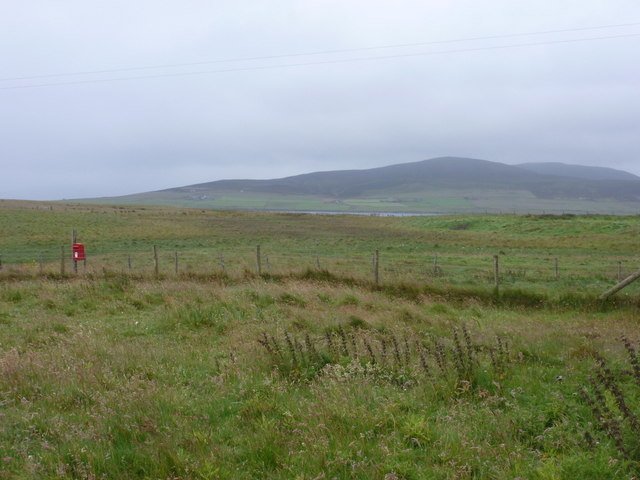
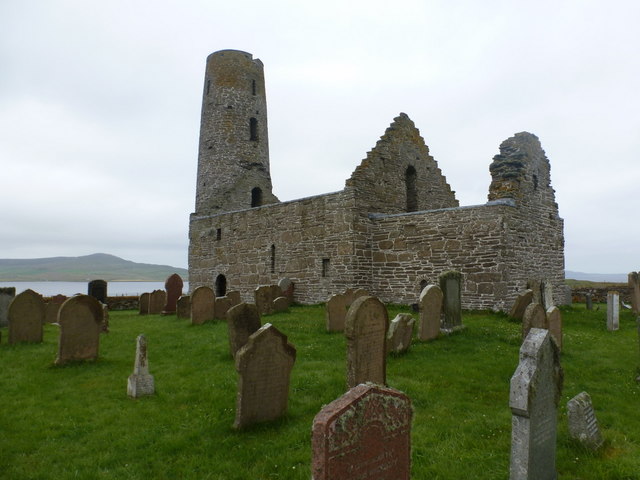
Mustard Geo is located at Grid Ref: HY4731 (Lat: 59.167323, Lng: -2.9155027)
Unitary Authority: Orkney Islands
Police Authority: Highlands and Islands
What 3 Words
///unloading.audible.gender. Near Brinian, Orkney Islands
Nearby Locations
Related Wikis
Kili Holm
Kili Holm is a tidal island in the Orkney Islands, linked to Egilsay. Unusually, like its neighbour Egilsay, it may have a partly Gaelic etymology, in...
St Magnus Church, Egilsay
St Magnus's Church is a ruined medieval church located on the island of Egilsay, in Orkney, Scotland. The site is recognized as the place of execution...
Egilsay
Egilsay (, Scots: Egilsay) is one of the Orkney Islands in Scotland, lying east of Rousay. The island is largely farmland and is known for its corncrakes...
Holm of Scockness
The Holm of Scockness is a small island in the Orkney Islands, between Rousay and Egilsay. It is currently used for grazing. Its name is Norse in origin...
Have you been to Mustard Geo?
Leave your review of Mustard Geo below (or comments, questions and feedback).
